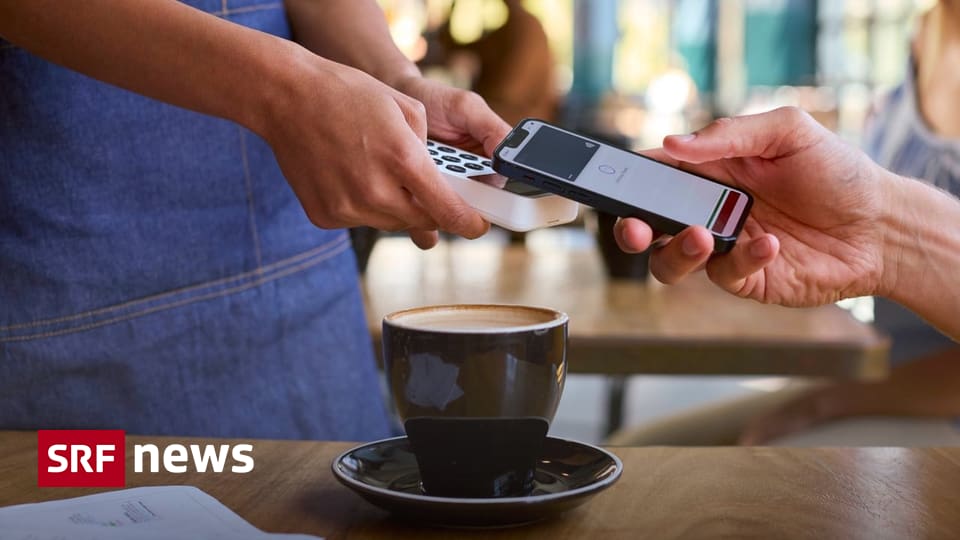Contents
Anyone who pays in a retailer or restaurant will incur charges – relying on the fee technique. More perception into the jungle of charges.
If you pay to your croissant contactless, you lower your expenses – and it prices the café charges. Cash payers due to this fact pleasure themselves on being the most cost effective clients. But, is that proper?
Fees through Twint – it’s difficult: Anyone who scans the QR code at Twint and enters the quantity themselves, as is commonly the case on the market stall, is a well-liked buyer. “Then it quantities to a couple centimes,” says Severin Pflüger, managing director of the Electronic Payments Association. “If you purchase one thing for 5 francs, the vendor pays 5 centimes.” The extra handy answer for the payer, computerized fee through QR code, prices much more. According to the knowledgeable, that might be 30 centimes for a five-franc summit.
Legend: Especially for smaller quantities, the charges differ relying on the fee technique. But even with the promised money there are hidden prices. IMAGO / Shotshop
The card saved within the smartphone: Many folks now have their debit card saved on their cell phone. Those who pay this fashion price the corporate a comparatively excessive quantity, particularly for small quantities. For instance, for a five-franc croissant: “Here the bakery ought to pay round 50 cents for its buy, so ten p.c goes away,” says Severin Pflüger. “If you shopped for 15 francs, it’d solely be 65 centimes.” There is not any easy components for calculating it. Chains with excessive gross sales and plenty of card readers come off cheaper than a small particular person firm.
The bodily debit or bank card: Debit card charges just lately made headlines: The Swiss Competition Commission agreed with Mastercard on decrease debit card charges. Anyone who nostalgically pulls out the cardboard can already get a less expensive value from the café house owners than with the cardboard saved of their smartphone. “How less expensive is tough to say. Maybe it’s 30 centimes, possibly it’s 20,” says Severin Pflüger. It turns into costlier for the café operator to make use of a bank card. «Here we’re again to the in-app answer. So once more extra like 50 centimes.”
Who earns from the charges?
Open field Close field
Three actors profit from the charges:
Der Acquirer: This has the contract with the service provider, permitting them to just accept bank cards similar to Mastercard, Visa and plenty of others. “Let’s say a 3rd of those charges go to the acquirer,” says Severin Pflüger. The Bank: “The financial institution that holds your account earns a 3rd to a half.” The “Card scheme”: The card system, similar to Mastercard, Visa or Twint. “They truly take no matter is left over.”
Fee-free money – the best choice? Because of the charges, many café house owners depend on the motto: Only money is fact. That’s partly true. The charges are waived, however there are hidden prices: such because the time it takes employees to depend the money and provides change. Deficits are additionally included. But: “Smaller firms have a tendency to not take these alternative prices under consideration,” says Tobias Trütsch from the University of St. Gallen. “So they have an inclination to have the sensation that money is cheaper than bank cards.”
No clear winner: Paying electronically just isn’t the identical as paying electronically. For instance, it depends upon the quantity. When it involves croissants, Twint may be very low-cost, however solely the straightforward model the place the client enters the quantity herself. For greater quantities, issues might be totally different. The circumstances might differ relying on the supplier and likewise the trade, says Severin Pflüger.
